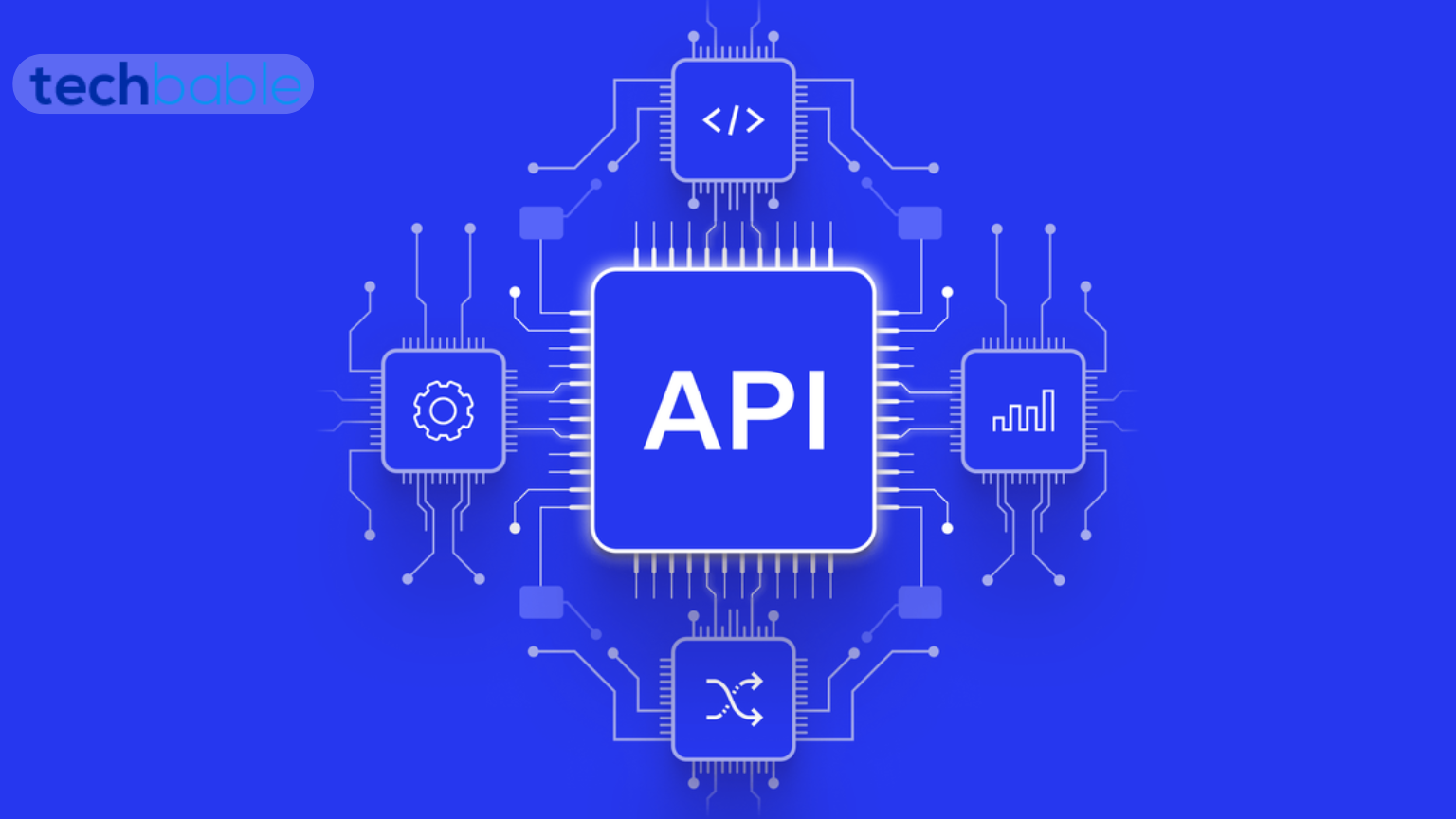How can API analytics improve my application’s performance? Understanding how API analytics can improve application performance is essential for optimizing efficiency, enhancing user experience, and ensuring your application’s long-term success and competitiveness in today’s digital landscape.
In today’s digital landscape, application performance ensures a seamless user experience. One key strategy for optimizing performance is leveraging API analytics effectively.
Discuss how API analytics can significantly enhance your application’s functionality and overall performance.
Understanding API
Analytics Firstly, it’s essential to grasp the concept of API analytics. API analytics involves collecting, analyzing, and interpreting data related to the usage and performance of APIs within an application ecosystem.
Importance of API
Analytics API
Analytics play a pivotal role in identifying bottlenecks in your application. By analyzing API usage patterns and response times data, you can pinpoint areas that require optimization to enhance overall efficiency.
Enhancing User
Experience One of the primary benefits of API analytics is their ability to improve the user experience. By understanding how users interact with your application’s APIs, you can better tailor features and functionalities to meet their needs and preferences.
Identifying Performance
Issues API analytics enable you to identify and address performance issues promptly. Through real-time monitoring and analysis of API calls and responses, you can detect anomalies and take proactive measures to optimize performance.
Optimizing Resource Allocation Efficient resource allocation is critical for maximizing application performance. API analytics provide insights into resource utilization, allowing you to allocate resources more effectively and ensure optimal performance under varying loads.
Security Enhancement API analytics help enhance the security of your application by identifying potential vulnerabilities and threats. By monitoring API calls for abnormal behavior, you can detect and mitigate security risks before they escalate into significant issues.
Tracking Usage Trends Tracking usage trends over time is essential for anticipating scalability requirements and planning for future growth. API analytics enable you to monitor changes in API usage patterns and adjust your infrastructure accordingly to support increasing demand.
Improving Third-Party Integration Many applications rely on third-party APIs for additional functionalities. API analytics can help you evaluate the performance of third-party integrations, identify any issues or bottlenecks, and optimize integration processes for seamless operation.
Ensuring Compliance Compliance with regulatory requirements and industry standards are crucial for many applications, especially those handling sensitive data. API analytics facilitate compliance efforts by providing visibility into data access and usage, enabling you to ensure adherence to relevant regulations.
Streamlining Development Processes
API analytics can streamline development by providing developers valuable insights into API usage and performance. By understanding how APIs are utilized in different contexts; developers can make informed decisions and optimize code for improved efficiency.
Enhancing DevOps Practices API analytics play a vital role in DevOps practices by providing actionable insights for continuous integration and delivery (CI/CD) pipelines. You can ensure consistent and reliable application performance by incorporating API performance metrics into automated testing and deployment processes.
Enabling Data-Driven Decision-Making API analytics empower organizations to make data-driven decisions regarding their application’s performance and optimization efforts. By leveraging insights from API data, stakeholders can prioritize initiatives that yield the most significant impact on performance and user satisfaction.
Monitoring Service-Level Agreements (SLAs)
For applications with SLAs in place, API analytics serve as a valuable tool for monitoring and enforcing service-level commitments. By tracking key performance indicators (KPIs) such as response times and uptime, you can ensure compliance with contractual obligations and maintain high levels of service quality.
Facilitating Continuous Improvement
Continuous improvement is essential for staying competitive in today’s fast-paced digital landscape. API analytics provide the foundation for ongoing optimization efforts, enabling iterative enhancements that drive sustained improvements in application performance and user experience.
Implementing Real-Time Monitoring
Real-time monitoring is essential for promptly detecting and addressing performance issues as they arise. API analytics enable real-time tracking of key metrics such as response times, error rates, and throughput, allowing for proactive intervention to maintain optimal application performance.
Identifying Performance Trends
Analyzing historical data using API analytics helps identify performance trends and patterns over time. Organizations can implement proactive measures to address underlying causes and prevent future disruptions by recognizing recurring issues or fluctuations in performance metrics.
Optimizing API Design
Effective API design is critical for maximizing performance and scalability. API analytics provide insights into how APIs are used and accessed by different application components, informing decisions on API design optimizations to streamline interactions and improve overall efficiency.
Mitigating Downtime Risks
Downtime can have significant consequences for businesses, including revenue loss and damage to reputation. API analytics help mitigate downtime risks by identifying potential points of failure, optimizing system resilience, and implementing proactive measures to minimize service disruptions.
Enabling Predictive Maintenance
Predictive maintenance involves identifying and addressing potential issues before they impact performance or availability. API analytics support predictive maintenance efforts by providing predictive insights into system behavior, enabling proactive maintenance activities to prevent unplanned downtime and optimize resource utilization.
Conclusion
In short, API analytics are instrumental in maximizing application performance across various dimensions. By harnessing the power of data insights, organizations can optimize API usage, enhance security, improve user experience, and drive continuous improvement initiatives. Embracing a data-driven approach to API management is critical to staying ahead in the ever-evolving software development and deployment world.
































